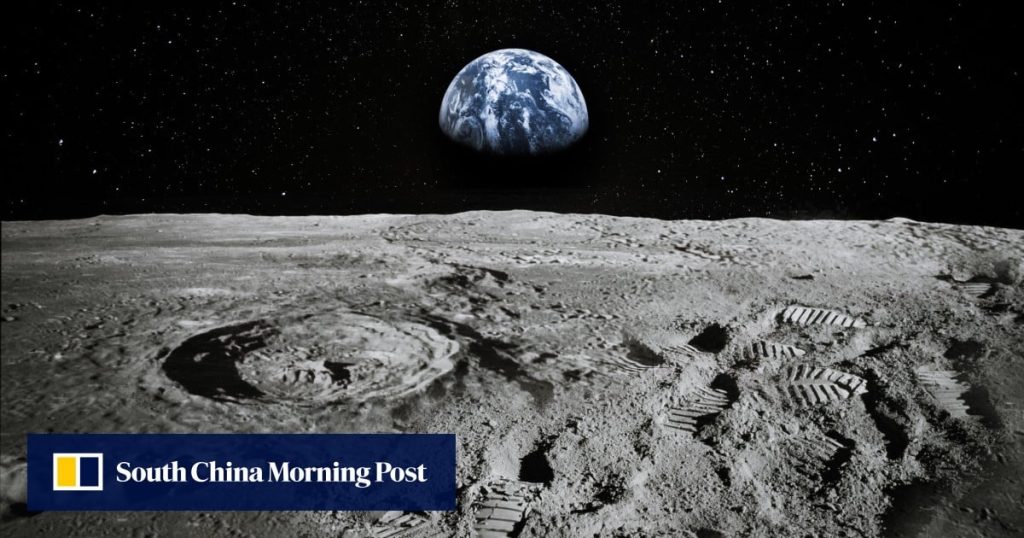The document does not specify a timeline for construction, but China aims to send astronauts to the moon by 2030 and build a research base on the lunar south pole with international partners around 2035.
“Our study presents a roadmap for the step-by-step assembly of such a constellation, expanding coverage from the lunar south polar region to the entire Moon.”
Such systems typically consist of 20 to 35 satellites, with an accuracy of a few meters. Each satellite emits a radio signal that allows a user to determine their location and the time using a combination of signals from at least four satellites.
In the study, Peng and his team evaluated three key elements of a lunar navigation system: “quadruple coverage” – receiving signals from at least four satellites at all times, navigation accuracy, and the cost of building and maintaining it.
In the second phase, nine more satellites and two more orbitals will enable the constellation to provide constant navigation to the lunar south pole and support 24-hour communications between Earth and any location on the lunar surface.
In the final phase, a total of 21 satellites will be deployed in four different orbits, and the complete constellation will be able to position anywhere on the lunar surface with relative accuracy more than 70 percent of the time.
In recent years, China has developed and deployed two communications relay satellites, Queqiao-1 and Queqiao-2, in near-lunar space to support its historic mission to explore the far side of the moon.
One such plan is Japan’s proposed Lunar Navigation Satellite System for 2022. It would consist of eight satellites orbiting the Moon in a highly elliptical orbit to provide communications, positioning and navigation services to the lunar south polar region.



